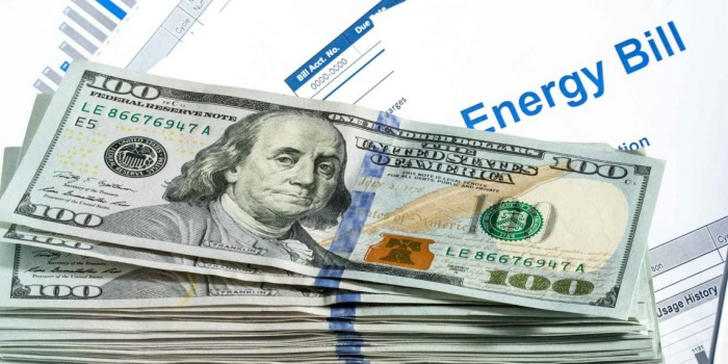How to Get Free Electricity in the United States: Understanding LIHEAP
Electricity bills can be a significant burden, especially for low-income families struggling to make ends meet. Fortunately, in the United States, there are programs that offer financial assistance to help cover energy costs. One of the most widely known is the Low Income Home Energy Assistance Program (LIHEAP), which provides benefits that can cover electricity expenses, often with no fees or costs to eligible households. This program aims to help low-income families manage their energy bills and keep their homes safe and comfortable.
Here’s how you can take advantage of LIHEAP and other resources that provide assistance with electricity costs.

What Is LIHEAP?
The Low Income Home Energy Assistance Program (LIHEAP) is a federally funded initiative designed to assist low-income households with home energy bills, energy crises, weatherization, and minor energy-related home repairs. While LIHEAP doesn't technically provide "free electricity," it offers financial assistance that can significantly reduce or even eliminate electricity costs for eligible households.
LIHEAP helps with:
Paying energy bills.
Preventing disconnection of utility services.
Restoring services that have been shut off.
Providing emergency support during energy crises (e.g., during extreme weather).
Who Is Eligible for LIHEAP?
To qualify for LIHEAP, households must meet specific income guidelines, which are typically based on the federal poverty level. Eligibility criteria vary by state, but the general factors that determine qualification include:
Income Level: Your household income must be at or below a certain threshold, typically 150% of the federal poverty line or 60% of the state median income, whichever is higher.
Household Size: The number of people living in your home can affect your eligibility.
Vulnerability to Weather Conditions: Households with vulnerable individuals, such as the elderly, disabled, or young children, may receive priority.
Even if you don't qualify for LIHEAP, other state or local programs might offer similar assistance, so it's worth checking with your local energy assistance office.
How to Apply for LIHEAP
The application process for LIHEAP is straightforward, and it can often be completed online, by mail, or in person at your local LIHEAP office. Here's how to apply:
Locate Your State LIHEAP Office:
Each state administers its own LIHEAP program, so you'll need to find your state's office. You can visit the official LIHEAP website or call the National Energy Assistance Referral (NEAR) hotline at 1-866-674-6327 to find your nearest office.
Gather Required Documents:
Before applying, collect all necessary documents, including:
Proof of income (e.g., pay stubs, tax returns).
Social Security numbers for all household members.
Utility bills or a shut-off notice if you are facing disconnection.
Proof of homeownership or rental agreement.
Submit Your Application:
Fill out the LIHEAP application with the required information. You can typically apply through your state's website, in person, or by mailing in the application along with your supporting documents. Processing times vary, so it's best to apply as soon as you can, especially in high-demand seasons like winter or summer.
Approval and Assistance:
If approved, the program will either directly pay your utility provider or issue a voucher that you can use to pay your electricity bills. Assistance can range from one-time payments to ongoing support, depending on your situation and state policies.
Additional Programs for Free or Reduced-Cost Electricity
In addition to LIHEAP, there are several other programs in the U.S. designed to help households with electricity costs:
Weatherization Assistance Program (WAP)
Utility Company Assistance Programs
Net Metering and Solar Programs
EnergyShare and Neighbor Assistance Programs
How Much Assistance Can You Receive?
The amount of assistance provided through LIHEAP varies by state and the specific needs of the household. Factors like income, household size, and the type of energy used (electricity, gas, etc.) determine the level of support. Some households may receive full coverage for their energy bills during high-demand seasons, while others may receive a percentage of the total cost.
Emergency Assistance During Natural Disasters
In the event of a natural disaster like a hurricane or a severe winter storm, LIHEAP can also provide emergency assistance to restore power or prevent disconnection. If you’re affected by a disaster and need immediate help, contact your local LIHEAP office or FEMA for additional support.
LIHEAP and other energy assistance programs provide crucial support to low-income families, ensuring they have access to affordable electricity. By applying for these programs, eligible households can receive financial help that covers or significantly reduces electricity bills, making it easier to manage monthly expenses. Start by contacting your local LIHEAP office to see if you qualify, and take advantage of the benefits offered with no fees.
